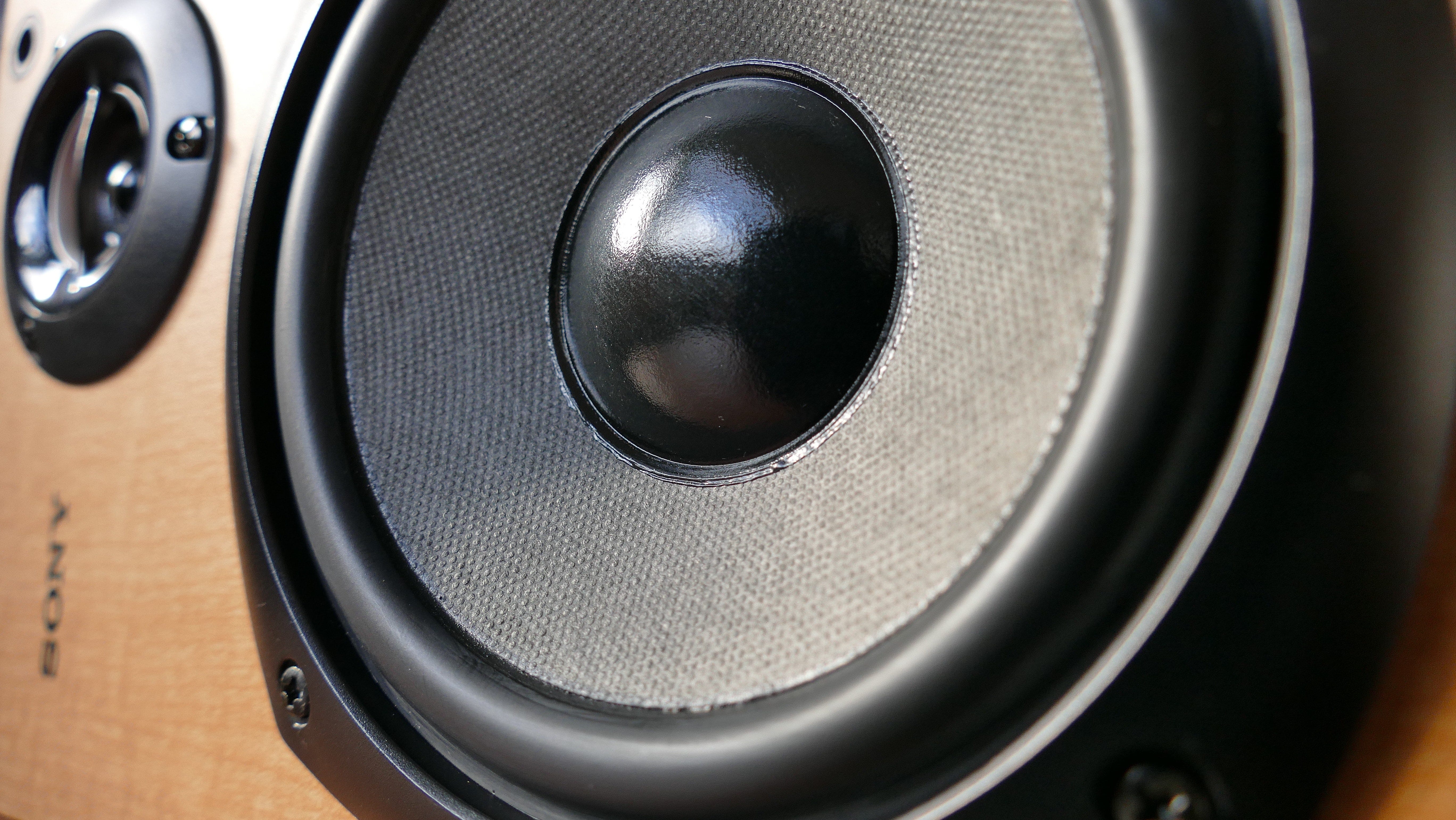
Proper placement of your home speakers is essential to getting the full hifi audio experience. If you've invested a significant sum of money into your speaker system, you want to be able to hear the full capabilities of your equipment, and placement can have a large effect on sound quality, especially when it comes to music. There are a variety of factors to consider during speaker placement to get a full, crisp sound from your hifi speakers.
Imaging and Reflections
Please note that the ideal speaker position will be different for every household. Additionally, it may be difficult to achieve the "perfect" speaker placement, because optimal sound will only apply to one listening position, and you probably have more than one place to sit in your living room or home theatre. The basics of speaker placement revolve around reflections and imaging:
When you hear audio from any speaker, you are not just hearing the sound waves that go from the speaker directly to your ears. You also hear sound waves that reflect off of nearby surfaces. These reflections create the color or tone of a sound, often giving it more of a muddy sound, and play an important role in audio quality. The goal of speaker positioning is to reduce reflections as much as possible.
Stereo imaging refers to the imaginary placement of each instrument within a song or each sound as it is played. Generally, the distance between each speaker impacts the stereo image. You don't want the sounds to overlap or blend together, which can occur if the speakers are too close. Similarly, you don't want to have an empty gap in the stereo image if the speakers are too far apart. Ideally, you want a distinct space for each sound as if the musicians are standing on a stage in front of you.
Speaker Height, Distance from Walls, and Toe-in
When it comes to speaker height, the speaker tweeters should be at ear level. Unless you have floor standing speakers, you probably want to put your speakers on stands. Putting them on regular furniture is acceptable, as long as the cones are flush with the edge, otherwise you’ll hear reverberation from the nearby surfaces.
The distance your speakers need to be from the wall depends on a few factors. First, does the speaker have a rear-facing bass port? If so, it will need to be at least 2-3 feet away from the walls. If it has a front-facing bass port, it may be okay to sit up against a wall. The best method to determine the perfect distance for your speakers is trial and error. Begin with the speakers flush against the wall and listen to a song you know well. Then, move the speakers away from the wall in small increments and listen to the same song each time. As soon as the sound starts to worsen, you’ve found the ideal spot. During this process, symmetry is key. You want to form an equilateral triangle between the sitting area and the two main speakers. Use a tape measure or string to ensure the speakers are the same distance from the wall and the listening location.
Toe-in refers to the angle of the speakers; typically, you want to angle your speakers toward each other slightly, but this depends on the brand and style. Follow the same process for toe-in as you did for distance – calculated trial and error. If you don’t trust your own ear, the speakers should face toward a point just behind the listener rather than directly at the listener.
Final Tips
Here are some additional suggestions for getting the right speaker placement in your home:
- If you have a surround sound system, ideally the main sitting area should be centered in the room rather than up against a wall.
- If your speakers aren't on speaker stands, place them on foam or isolation pads to absorb reverberation.
- If using a record player, isolate the turntable from any audio vibrations.
- This may be an obvious one, but don't place anything in front of the speakers.
- Always use exact measurements – a fraction of an inch can make a considerable difference.
- Keep experimenting with speaker placement using a song you are very familiar with. The best way to find the optimal speaker positioning is by listening to it yourself.
- Your speakers will change as they are "broken in", so consider readjusting the position after you've listened for 100-500 hours.
- Once you have your initial estimated speaker placement, put masking tape on the floor with one-inch marks so that you can easily move each speaker the same distance for fine-tuned adjustments.






